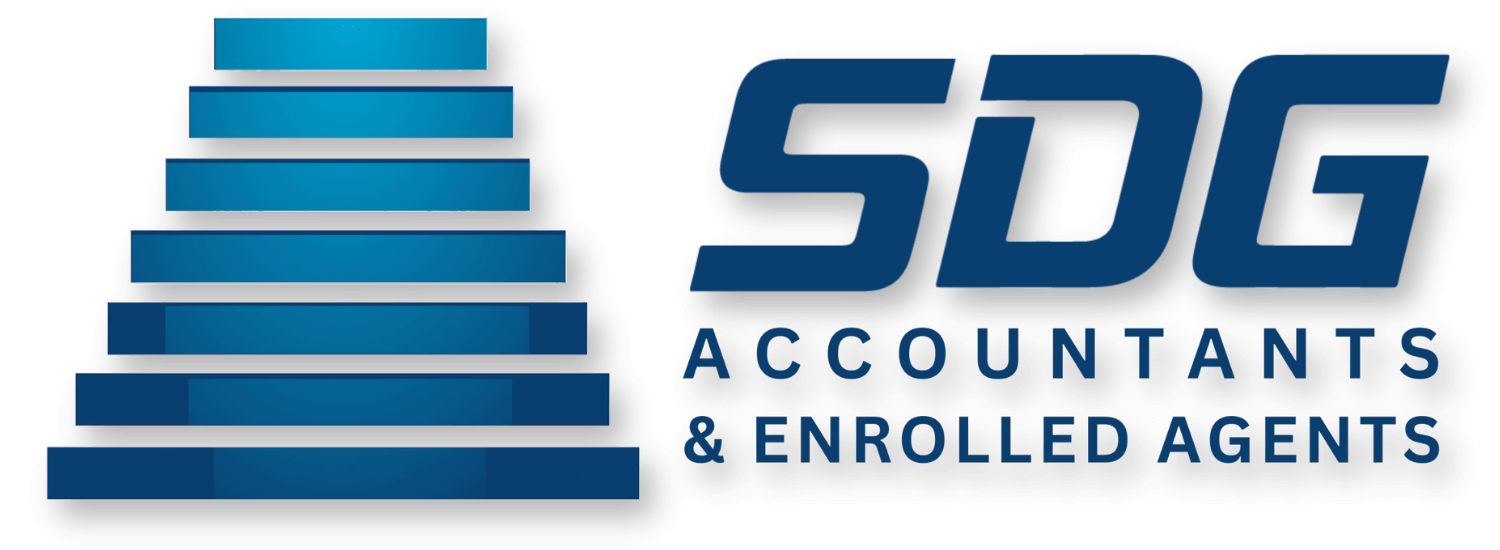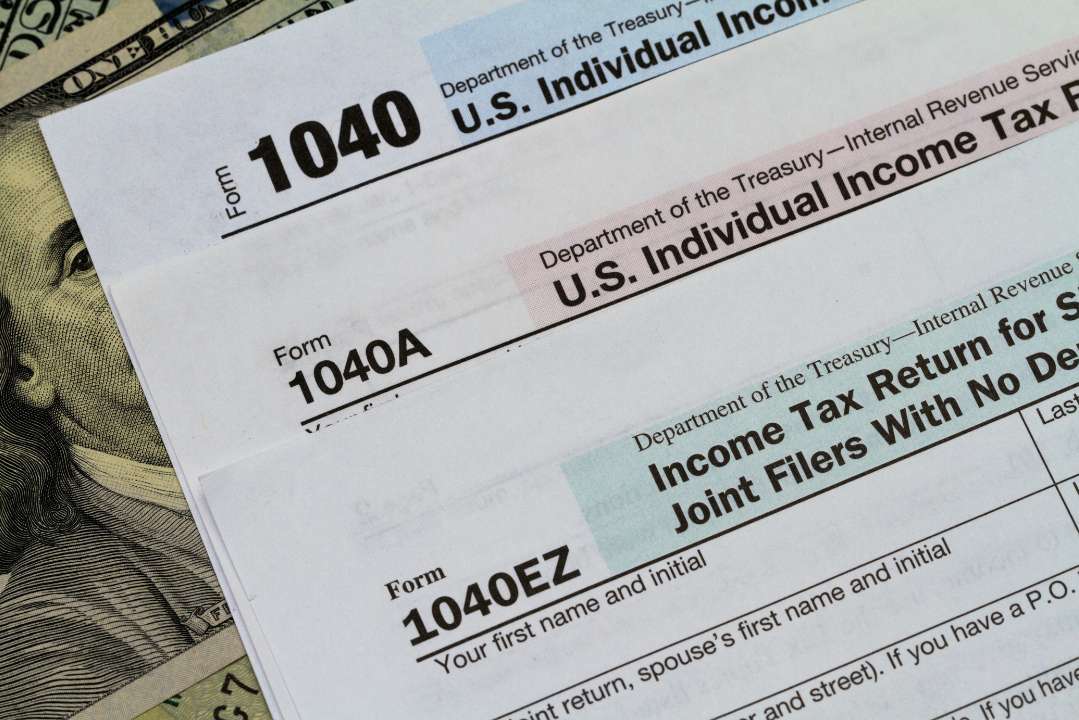Welcome to SDG Accountants LLC, Your Trusted Partner for 1040 Individual Income Tax Returns in Florida and any every where else in the U.S.A.!
Are you looking for expert assistance with your personal taxes?
At SDG Accountant LLC, we’re dedicated to helping you navigate the complexities of individual tax returns. Our experienced team of professionals is here to make the process seamless and stress-free, so you can maximize your tax benefits and minimize your liabilities.
Whether you’re a resident of Florida or any other state in the U.S. we can assist you with the filing of your U.S. 1040 tax return. We are a local accounting firm in St. Pete Beach Florida but we have remote locations in Miami, Orlando, and Tampa.
Our Focus: The 1040 Individual Income Tax Returns
The 1040 tax return, also known as the “U.S. Individual Income Tax Return,” is the most common form for individual taxpayers. It’s used to report your annual income, claim deductions, and calculate your tax liability. At SDG Accountant LLC, we understand that every individual’s financial situation is unique, and that’s why we tailor our services to meet your specific needs.
Strategies we consider include:
-
- Shifting income or expenses from one year to another
- Deferring tax liabilities through multiple investments
- Restructuring your income
- Splitting income among several family members or legal entities
- Electing out of Depreciation in years of low income
- Itemizing deductions over taking the standard deduction.
- Backdoor Roth IRA for high-income earners
- Deferring social security payments until income drops to avoid taxability of social security income.
- Avoiding self-employment tax on Schedule C by electing an S-Corp for Florida businesses
- Applying loss Carry forwards against capital gains.
- Optimizing Salary amounts for owners of S-Corps
- Home Office Deductions and Vehicle Expenses
- Traditional IRA Contributions
- Meet all of your minimum estimated tax payments to avoid underpayment penalty
Exploring the Different Schedules
The 1040 form has various schedules that allow you to report different types of income, deductions, and credits. Let’s delve into some of the key schedules that might be relevant to your situation:
Schedule A: Itemized Deductions
Schedule A is used to report itemized deductions, such as medical expenses, mortgage interest, state and local taxes, and charitable contributions. Our experts can help you determine whether itemizing or taking the standard deduction is more beneficial for you.
Schedule B: Interest and Dividend Income
Schedule B is for reporting interest and dividend income from various sources. Accurate reporting of this income is crucial to avoid potential tax issues. Taxpayers must report the interest and dividends they receive to the IRS because these sources of income are taxable.
Schedule C: Profit or Loss from Business
If you’re a single-member LLC or run a small business, you’ll use Schedule C to report your business income and expenses. It is essentially the same as a sole proprietor. With SDG Accountants, we can assist you in optimizing your business deductions to reduce your tax liability.
Schedule D: Capital Gains and Losses
Schedule D is used to report capital gains and losses from the sale of investments or assets. Properly categorizing these transactions can have a significant impact on your tax liability.
Schedule E: Supplemental Income and Loss
Schedule E is the place to report rental income, partnerships, S corporations, or other sources of supplemental income. We’ll help you navigate this complex area of tax law.
Other Types Of 1040 Forms for Individual Income Tax Returns
- Form 1040-ES- Estimated Tax Payments
- Form 1040-NR – Non–Resident Returns
- Form 1040-SR – Senior Citizens
- Form 1040-V – Payment Vouchers
- Form 1040-X – Amended Returns
Which Form 1040 Schedules Should I Use?
All kinds of taxpayers typically use regular Form 1040, but Some people might not have to use any of these schedules:
Why Choose SDG Accountants LLC?
Local Expertise: We are proud to serve the St. Pete Beach community, and we understand the unique tax considerations that residents in our area face.
Personalized Service: Our team takes the time to understand your financial situation and goals, ensuring that you receive personalized and tailored advice.
Compliance and Accuracy: We stay up-to-date with tax laws and regulations to ensure your return is accurate and in compliance with all applicable tax codes.
Maximize Deductions: Our experts will work diligently to identify every deduction and credit you’re eligible for, helping you keep more of your hard-earned money.
Reliable Support: We’re here for you year-round, not just during tax season. You can count on us for any tax-related questions or concerns.
Let's Get Started!
Ready to experience the difference of working with SDG Accountant LLC? We invite you to reach out to us today to discuss your individual tax needs. Whether you have questions about the schedules in your 1040 return or need assistance with any other aspect of your finances, we’re here to help. Call us at (786) 706-5905 or email us at admin@sdgaccountant.com.
Don’t let the complexity of tax season overwhelm you. Contact SDG Accountant LLC, and let us simplify your individual income tax returns. Your financial peace of mind is our priority.
What Our Clients Are Saying



















